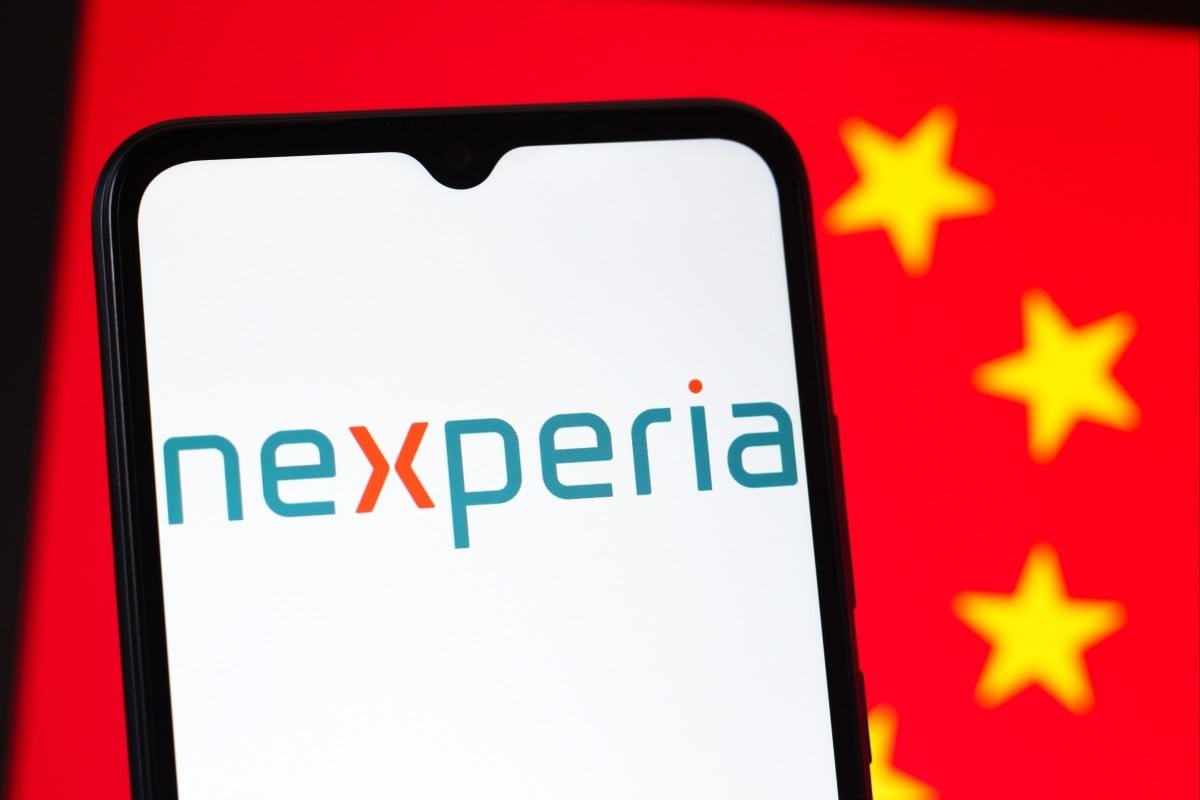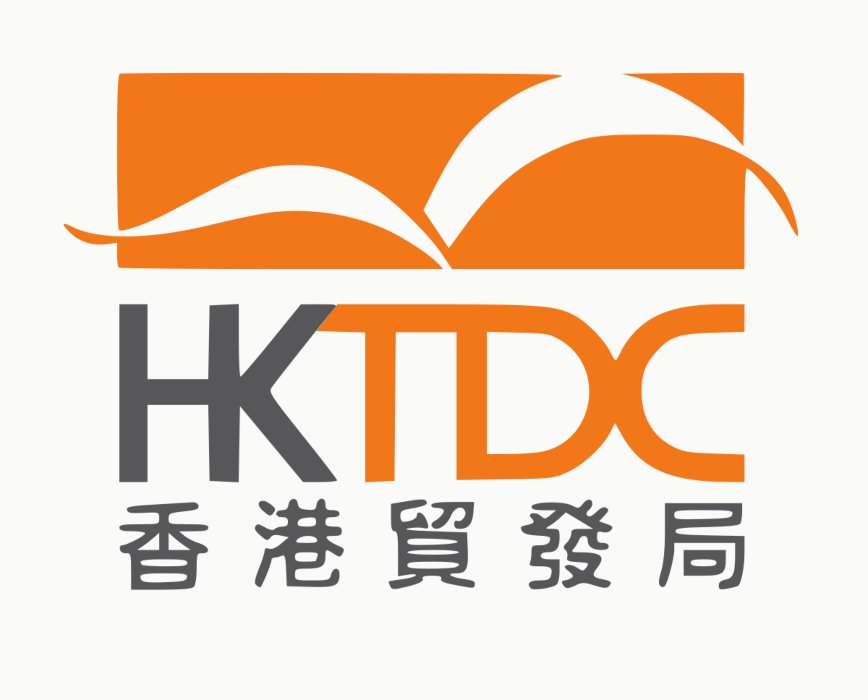
The document outlines how Hong Kong is evolving its monetary infrastructure to include public and private digital money – notably a central bank digital currency (CBDC) and tokenised deposits – and charts a roadmap for commercial and institutional adoption.
Phase 2 involved eleven industry partner groups and centred on three themes: settlement of tokenised assets, programmable money and offline payments.
Pilot results revealed that distributed ledger technology (DLT)-based settlement could compress settlement cycles from T+2 (trade date plus two days) to T+0 (same day), particularly in tokenised asset contexts.
Yet banks participating in the pilots indicated that tokenised deposits offered many of the same operational efficiencies and were more attractive for near-term deployment.
On programmability, the report explored use cases such as green-voucher disbursements, escrow-style prepayments and supply-chain financing.
It found that while the functionality exists, large-scale commercial models are still nascent.
The offline pilot – involving super-SIM and Near-Field-Communication (NFC) wallets – found that given Hong Kong’s mature digital payments market the incremental benefit of a dedicated offline e-HKD is limited at this stage.
In light of these lessons, the HKMA says its immediate priority is for wholesale applications of the e-HKD – for large-value, institution-to-institution transactions, cross-border settlement and the tokenised-asset ecosystem.
Preparatory work on policy, legal and technical foundations for retail use by individuals and corporates will continue, with a target completion date before mid-2026. Public rollout is conditional on market readiness, technological developments and international convergence.
The report also formalises the HKMA’s classification of digital money into ‘public money’ (physical cash, central bank reserves, CBDCs) and ‘private money’ (tokenised deposits, regulated stablecoins), emphasising coexistence and interoperability rather than displacement.
It underscores Hong Kong’s strategy of combining public-sector oversight with private-sector innovation to build next-generation payment rails.
By positioning itself at the frontier of digital-money infrastructure, Hong Kong seeks to deepen its status as a financial hub in the Asia-Pacific.
The HKMA’s deliberate emphasis on wholesale applications marks a pragmatic shift from retail hype to real-world institutional deployment.
Should market conditions align, a retail-ready e-HKD could mark a significant step in reshaping how money is issued, transferred and programmed in a major global financial centre.

















